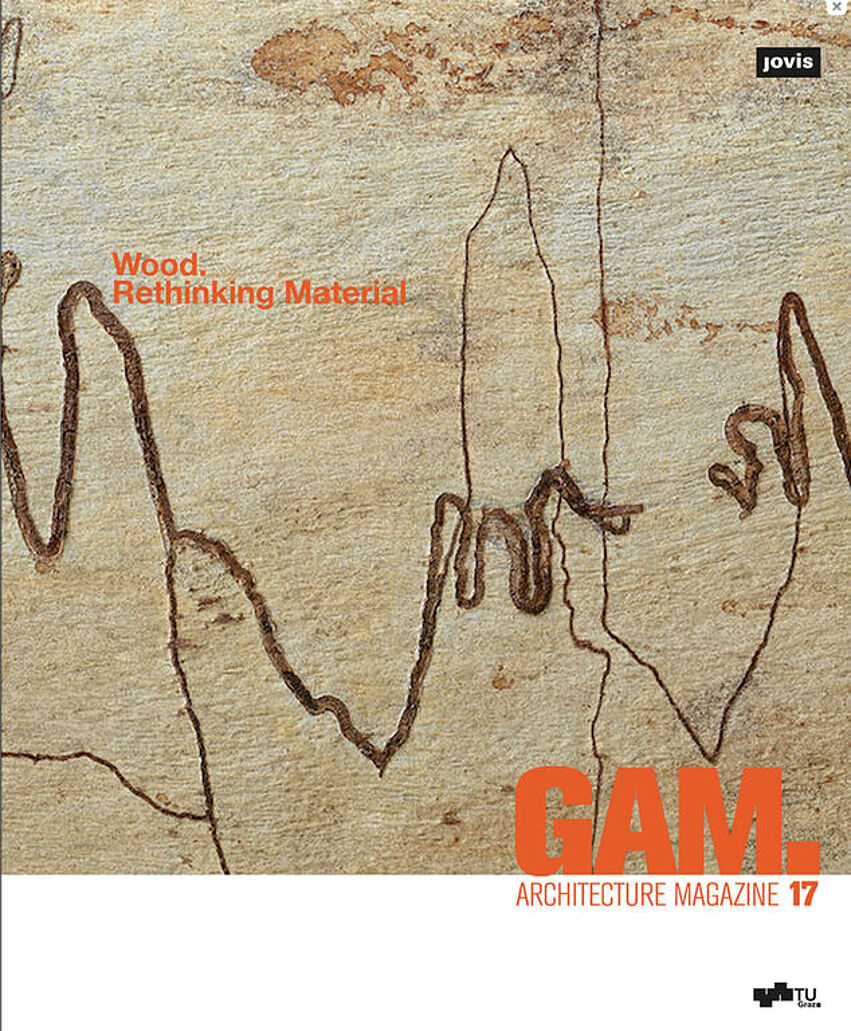As an organic building material, wood is held in particularly high esteem in this age of climate crisis. A component of environmentally friendly resource cycles, wood demonstrates its innovative potential when used in new technological developments and hybrid applications that are suited to complex, modern architectural tasks. We have only just started reimagining wood as a cutting-edge, versatile building material of the future.
GAM. 17 takes a new look at wood—at its multi-faceted nature and architectural possibilities— and proposes building and design concepts that fully utilize the material’s potential for a more climate-friendly construction industry. This is further complemented by a look back at the history of building with wood and the ideological entanglements that have long stood in the way of the further development of wood as a building material.
With contributions by Reyner Banham, Urs Hirschberg, Anne Isopp, Jens Ludloff, Laila Seewang, Stephan Trüby, Anselm Wagner, and others
GAM publishes essays, interviews, illustrations, book reviews, and projects related to the fields of architecture and urbanism. Since 2004 GAM has been published annually by the Faculty of Architecture of Graz University of Technology, one of the leading schools of architecture in the German-speaking world. The magazine is conceived as an engaging interdisciplinary forum for scholars, architects, and critics in which architectural developments and controversial phenomena are discussed. Adding to current architectural discourse, the contributions of each issue are devoted to a specific theme chosen by a guest editor.
Information and order

